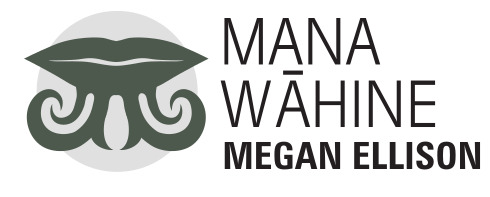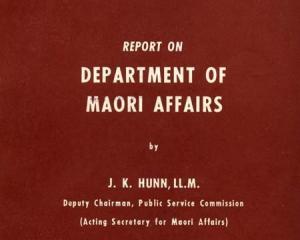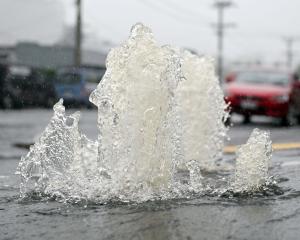
Celebrating Matariki has been taken up with a gusto that is heartening and provides us a hope that Treaty partnership is future-proofed for the generations to come.
My daughter and my dad were a part of the esteemed Kairuruku team who led the iwi, and in fact the country, in karakia to bring in Matariki, the Māori New Year.
Matariki has become a time for me to reflect and remember those who have passed, and as always I think of my husband.
I also took the time to reflect on the power of the cluster of stars, and consider the navigational headlight it provided our people and our Pasifika brothers and sisters as we plotted courses across the massive Pacific Ocean for centuries.
Many years ago my husband and I visited Rarotonga and I had quite an epiphany there.
Suddenly being Māori but also being a girl from a small Māori village on the eastern end of Otago Peninsula meant being a part of the wider pacific.
I could actually visualise our connections as wayfarers of Te Moana-nui-a-Kiwa.
While Tahu and I were in Rarotonga there were a few moments that contributed to this enlightenment.
While getting our moped licences in town (which was a fun adventure) my husband and I spoke to a Rarotongan kaumatua in te reo Māori and we were able to understand each other, despite the differences, dialect and kupu.
It was real moment for me.
Potentially not an inspirational moment for the kaumatua — but a connection was made, and I began to understand the long-standing tapestry of whakapapa between us.
The other moment was when we visited the launching area of the Tākitimu waka in Rarotonga, known as the Tākitumu there.
Tākitimu is my waka by whakapapa, and Tamatea was the rakatira of the waka, the main navigator.
This connection extends beyond the navigation of the waka throughout New Zealand but binds us together across the Pacific — haumi e, hui e, taīki e!
According to my iwi, the waka itself capsized and is buried at the foot of the Tākitimu ranges down south.
The deep waka and language traditions speak to how important it is that we strengthen and maintain our whakapapa connections as a Pacific Nation.
In times of climate change, hardship and political unrest it is important that we join forces and be guided by the stars of Matariki to a solid destination, a pou-herenga, a landing post for all people.
A varied form of Matariki is also shared throughout the Pacific and there are varied dialectical differences of the name, including Makali’i in Hawaii, Mataalii in Samoa, Matali’i in Tonga, Matari’i in Tahiti and Matariki in Rapanui, Kiribati, Rarotonga and throughout other parts of Te Moana nui a Kiwa.
This navigational connection to the stars and journeying across an ocean is intertwined into our DNA.
If you haven’t seen the Moana movie, watch it!
It was a beautiful coming together of Pasifika imagery and culture, including star navigation, kākahu (clothing), key characters such as Māui, and double-hulled waka, bringing us together as one Nation.
This interconnectedness is powerful and binds us but it brings me back to my place, in my southern village of Ōtākou.
In our history at Ōtākou, Māui travels the ocean and experiences difficulties while sailing and seeks refuge in a sheltered haven in the bay of Pukekura — known today as Taiaroa Head.
There he repairs his sail and we know this because we have a very old waiata that records the story of Māui in our harbour.
It describes the sail flapping in the wind like an injured bird.
Māui is an ancestor who appears in whakapapa across the Pacific, he is shapeshifter, a trickster and always had something to prove.
These ancestors provide templates for behaviour, heroism and are the expression of mana and rakatirataka.
Finally, I come back to my Tahu and that we were once a waka unua, two hulls of a canoe, bound together and travelling as one.
We once traversed rough open oceans with our babies wrapped up in the hulls, and guided by the stars and moon.
But I now travel as one single hull here in the world of the living and Tahu travels across Matariki in the realm of those gone before us, the dead.
Separately, the prow of each hull carves through our oceans, and yet we are connected.
Connected by whakapapa, one ocean, one nation, a map of stars to navigate, a language, a culture, even if it crosses from a spiritual to a metaphysical space.
"Taku waka unua i te rau ra koe o te rangi e — you are my travelling canoe of the heavens."












